
Get news, updates, & event Info delivered right to your inbox:
Why Reforestation is an important strategy for Biodiversity Conservation
Trees are the ultimate keystone species: healthy forests encompass richly layered habitat types, and provide shelter to a breathtaking range of biodiversity — including 80% of amphibian species, 75% of bird species, and 68% of mammal species.
When trees disappear, their loss can reverberate across entire landscapes. Today, there are approximately 60,000 tree species on the planet. More than 11,000 of those are endangered — and another 3,300 are critically endangered. This has profound implications for threatened and endangered biodiversity that rely on specific tree species and forest types.
How Trees Help Biodiversity
- Provide homes, playgrounds, and hiding spots from predators
- Provide not only food and water, but entire food chains
- Create and hold soil together for a nutrient-rich forest floor
- Grow plants that we humans use as life-saving medicine
- Create oxygen and absorb pollution, keeping our air clean
- Slow the flow of stormwater, helping to clean the water and contribute to global water cycles
Here's A List Of 7 Awesome Wildlife Species That Depend On Forests:
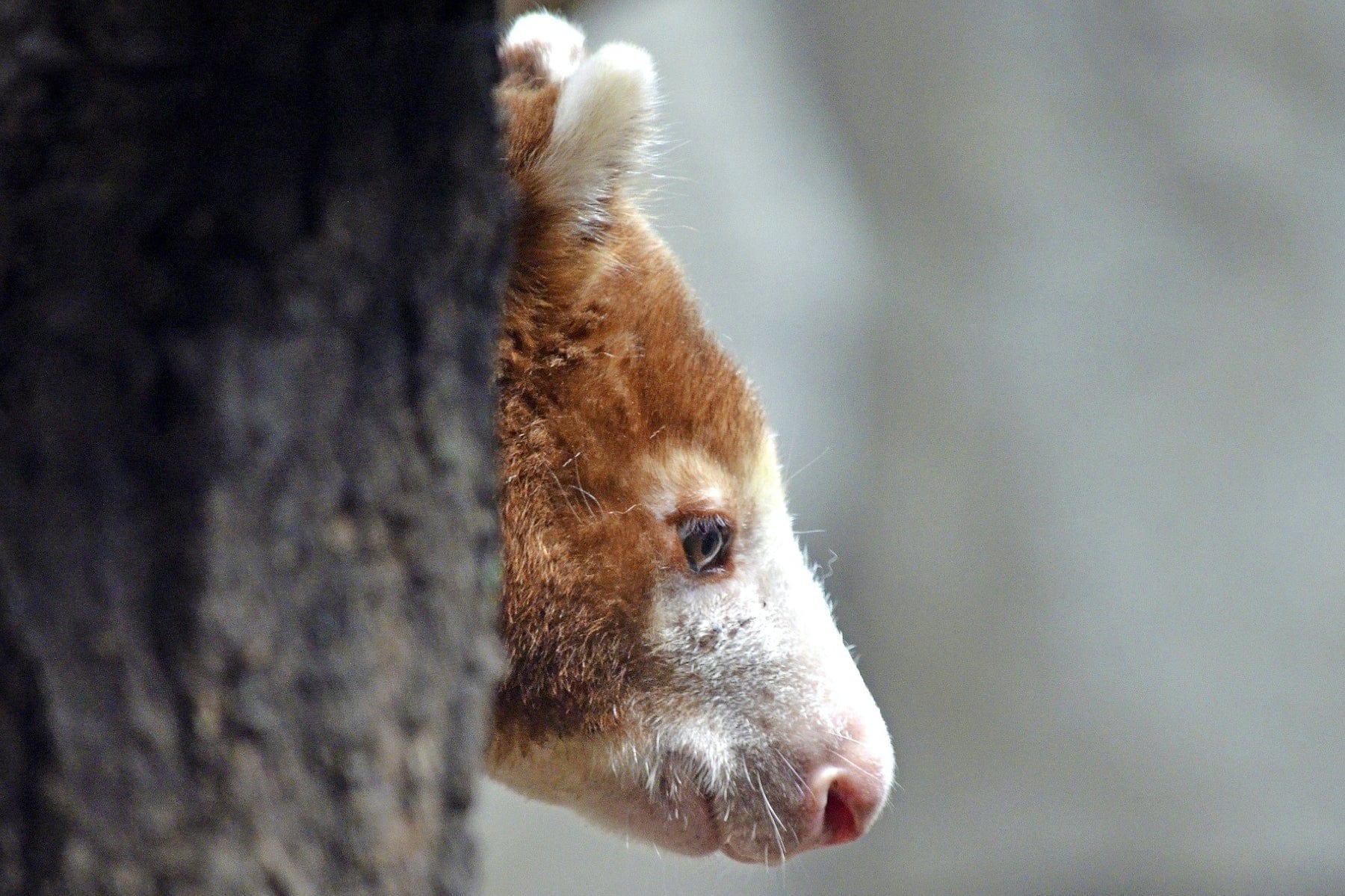
1. Tree Kangaroo
Tree Kangaroos live in the lowland and mountainous rainforests of Papua, New Guinea, Indonesia, and parts of Queensland, Australia. Uniquely adapted to these cloud forests, their sharp claws help with climbing, and a long tail keeps them balanced. Meanwhile, their thick, chestnut-colored fur insulates against the damp and provides camouflage.
They prefer to eat mature leaves and fresh-picked fruit, but will also collect fruit that has fallen to the ground. They also enjoy grains, flowers, sap, eggs, young birds, and even bark. A truly unique species, they were probably introduced to New Guinea by humans and adapted to their new, arboreal environment over time. Pretty cool, right?
Considered critically endangered, the major threats facing Tree Kangaroos are hunting and habitat loss.
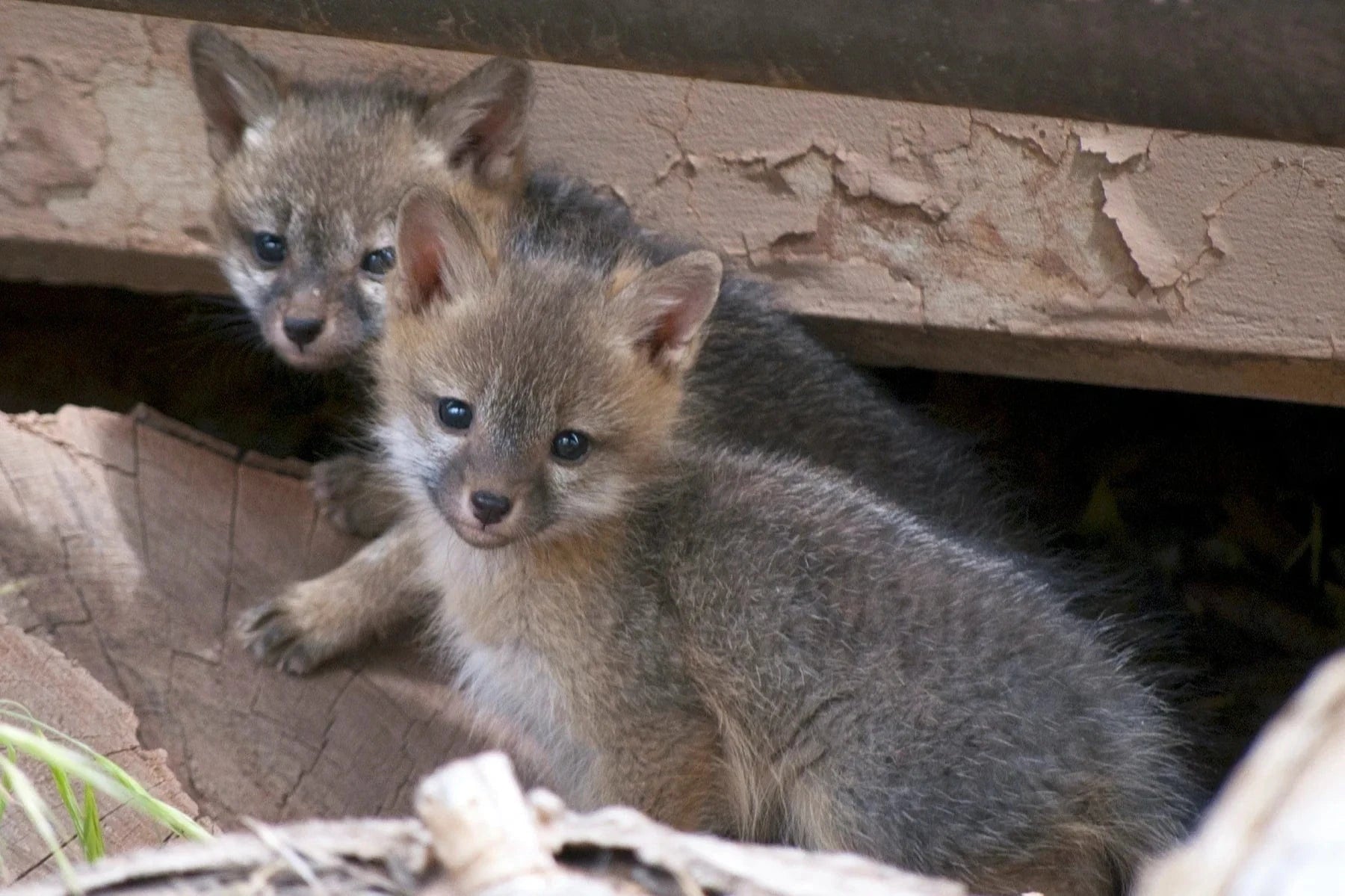
2. Foxes
Foxes build their dens in forests, rock formations, hollow logs and trees, and brush piles. Lined with grass and leaves, these dens provide a safe shelter for blind pups, especially in the first 5 weeks of their lives. They also use trees to escape their predators, grabbing on with their forepaws and scrambling up with their claws and hind feet.
Foxes help control forest populations of rodents like voles and rabbits, and help disperse seeds, further enhancing plant biodiversity around their habitats.
Fox species around the world are threatened by factors such as disease, predation and habitat loss — and the Darwin's fox is considered critically endangered.
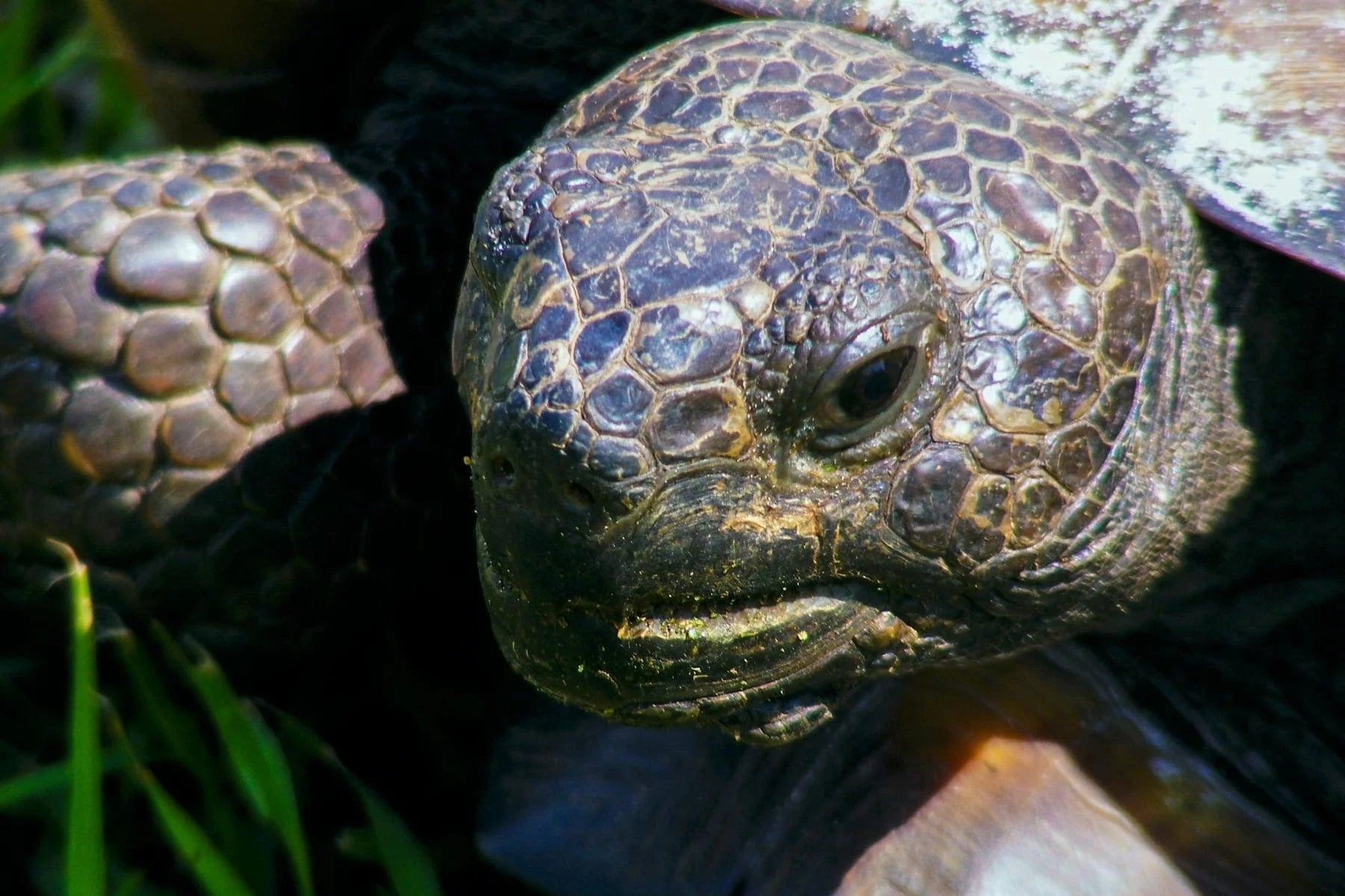
3. Gopher Tortoise
Gopher tortoises depend on forests for their very survival. As dry-land turtles, they live in the well-drained sandy soils of longleaf-pine forests, and dry oak sand hills. And as extraordinary diggers, they carve extensive burrows beneath the forest floor, providing habitat and refuge for hundreds of other species, thus earning their designation as a keystone species.
Primarily herbivorous, they like to eat grasses, mushrooms, saw palmetto berries, and prickly pear cactus pads, fruits and flowers, along with blackberries, blueberries, gopher apples and other low-growing fruits.
As their habitat is lost to urban development, gopher tortoises are struggling to survive. According to the US Fish and Wildlife Service, they are state-listed as threatened in Louisiana, Mississippi, Georgia, and Florida; state-listed as endangered in South Carolina; and protected as a non-game species in Alabama.
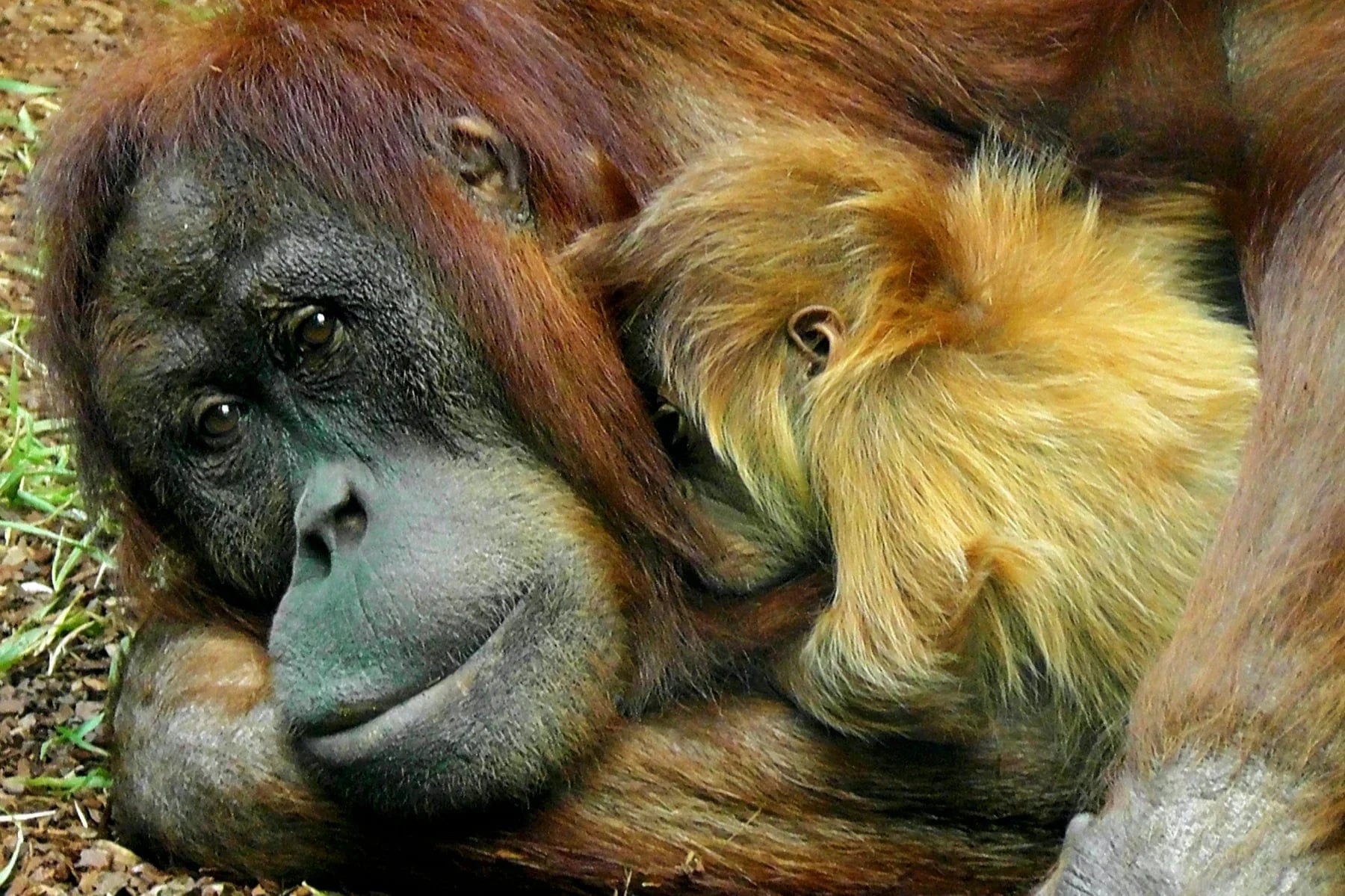
4. Orangutan
The largest tree-climbing mammals in the world, orangutans sleep in nests of trees and vegetation. Ripe fruit is their favorite thing to eat, but you'll also catch them dining on young leaves, bark, flowers, honey, insects, vines, and the inner shoots of plants.
Thanks to their diet, they play a vital role in protecting biodiversity by eating fruits whole, then expelling the seeds in their droppings. In one study, scientists found 828 seeds in a single fecal sample! And because their droppings create a nice, moist environment for the digested seeds, successful germination is much more likely. Clearly, they’ve earned their title “man of the forest.”
Orangutans are considered critically endangered, and are particularly threatened by deforestation, illegal hunting, and the illegal pet trade.

5. Spruce Grouse
Spruce grouse live in the coniferous forests of the northern U.S. and Canada. Unusually nonchalant about human activities, their dark feathers provide an effective camouflage as they navigate their woodland homes. In fact, their plumage and demeanor combine to make them the bane of hunters and birders alike — so if you happen to see one, consider yourself lucky!
Pine, spruce, and other coniferous needles make up the bulk of their diet, but they also dine on fresh green shoots, leaves, berries, flowers, insects, snails, and fungi, helping to keep their populations in check.
While spruce grouse populations are dwindling in the Northeast and elsewhere, they are currently considered "least concern" and are protected only in certain states.
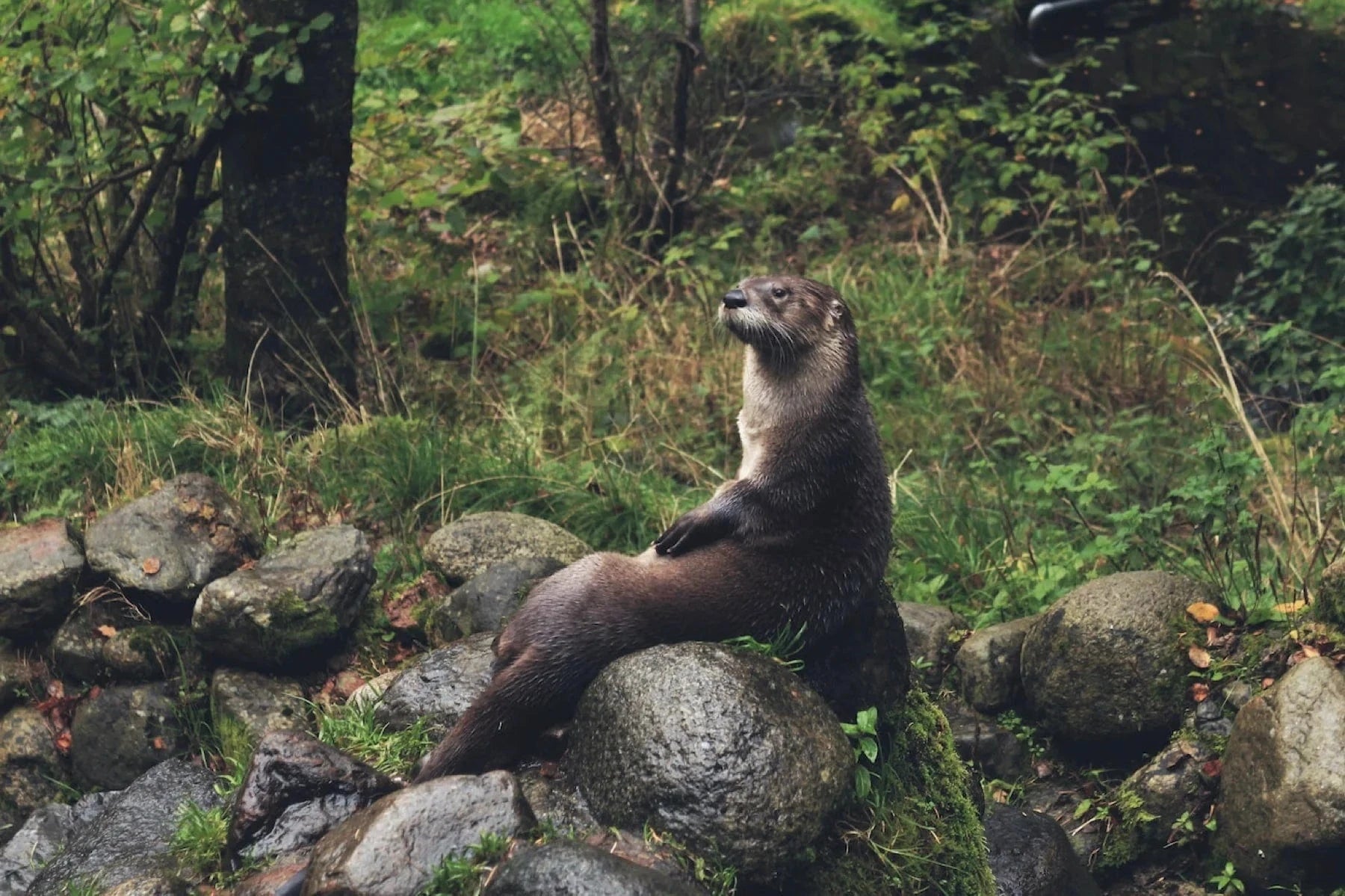
6. River Otter
North American river otters make their dens in abandoned burrows near water’s edge and can thrive in a range of ecosystems, including rivers, lakes, swamps, and estuaries. Their homes are comprised of hollow logs, log jams, piles of driftwood, and boulders. Although most of their lives are spent in the water, these playful Mustelids depend on healthy forests just as much as their terrestrial counterparts.
With razor sharp teeth and claws, they play an integral role in the maintenance of river ecosystems. As predators, they help control populations of fish, crayfish, crabs, frogs, birds and some reptiles, which make up the bulk of their diet. Thanks to a fast metabolism, they need to eat often!
North American river otter populations are considered stable, leading the species to be classified as "least concern." However, the related Giant River Otter, found in Peru, is endangered.

7. Gray Tree Frog
Gray tree frogs depend on water to breed, but live in adjacent mixed and deciduous forests. As a nocturnal species, they rest in tree holes, under bark, in rotten logs, under leaves, and under tree roots during the day. But once the sun goes down, the world is their oyster as they deftly traverse the forest in search of food, using their specially adapted toe pads to climb vertically and move horizontally as needed.
These frogs play an important ecosystem role, consuming enough algae as tadpoles to alter the biology of the ponds they depend on. And once they reach adulthood, they feast on pesky bugs like mosquitoes, gnats, plant lice, mites, snails, slugs, and flies. They also provide a vital food source for larger frogs, some birds, and small mammals.
While Eastern Gray tree frogs aren't currently an endangered species, many frog and toad species are steadily declining — often due to pollution and habitat loss.
And that's just the tip of the canopy, because trees play an essential role in global biodiversity. Want to give back? Plant trees to support biodiversity around the world!
Get news, updates, & event Info delivered right to your inbox:
Related Posts
The 9 Oldest, Tallest, and Biggest Trees in the World
11/12/2025 by One Tree Planted
Winter and Trees: How Do Trees Survive Winter?
09/12/2025 by One Tree Planted
Why Trees Are Great Holiday Gifts
04/12/2025 by Meaghan Weeden
Popular On One Tree Planted
The 9 Oldest, Tallest, and Biggest Trees in the World
11/12/2025 by One Tree Planted
What Causes Deforestation?
10/07/2025 by Meaghan Weeden
8 Amazing Bamboo Facts
14/01/2025 by Meaghan Weeden
Fundraising Disclosures

Be Part of the
Restoration Movement
The Grove is more than just a monthly giving program: it's a vibrant community of individuals who are dedicated to reforestation and environmental restoration on a global scale.
As a member of The Grove, you affirm your commitment to restoring forests, nurturing biodiversity, and fostering positive global change.




